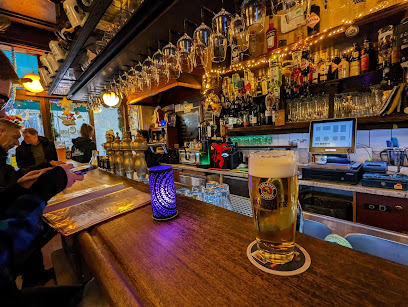
Bürgersaalkirche: A Sanctuary of History and Faith
Discover Baroque splendor and poignant history at Munich's Bürgersaalkirche, home to the Father Rupert Mayer Museum and a testament to faith and resilience in the heart of the city.
The Bürgersaalkirche, or Citizen's Hall Church, is a captivating Baroque gem nestled in Munich's bustling city center. Originally built in the early 18th century as a meeting hall for the Marian Men's Congregation, it later transformed into a church in 1778. Its unassuming facade belies the rich history and artistic treasures within. The church is divided into two levels, the lower level serves as a crypt and the upper level as a baroque hall. Today, it stands as a testament to Munich's resilience, housing the Father Rupert Mayer Museum, dedicated to the Jesuit priest who resisted the Nazi regime. A visit offers a serene escape and a glimpse into Munich's spiritual and historical heart, making it a worthwhile stop for any traveler seeking cultural enrichment.
A brief summary to Bürgersaalkirche
- Kapellenstraße 1, Munich, Altstadt-Lehel, 80333, DE
- +49892199720
- Visit website
Local tips
- Visit the Father Rupert Mayer Museum in the lower level to learn about the priest's courageous resistance against the Nazi regime.
- Take a moment for quiet reflection in the upper church, admiring the Baroque architecture and reconstructed ceiling paintings.
- Attend a Sunday mass to experience the church as a living place of worship.
Getting There
-
Walking
The Bürgersaalkirche is located in the pedestrian zone of Munich's city center, making walking the most convenient way to reach it. From Karlsplatz (Stachus), walk east along Neuhauser Straße. The church is located on the right-hand side, a few minutes' walk from Stachus. From Marienplatz, walk west along Neuhauser Straße. The church will be on your left. Keep an eye out for the subtle facade, as it can be easily missed amidst the shops. No costs are associated with walking.
-
Public Transport
The Bürgersaalkirche is easily accessible by public transport. The closest U-Bahn and S-Bahn station is Karlsplatz (Stachus). From there, follow the walking directions above. Alternatively, you can take any S-Bahn to Marienplatz and walk west along Neuhauser Straße. A single journey ticket for the inner zone (M Zone) costs around €3.70. Consider a day ticket if you plan to use public transport extensively.
-
Taxi/Ride-Share
Taxis and ride-sharing services can drop you off near the Bürgersaalkirche, but note that access to Neuhauser Straße is restricted to pedestrians. The closest drop-off point is likely on a side street near Karlsplatz (Stachus) or near the Rindermarkt. From there, it's a short walk to the church. A short taxi ride within the city center will typically cost between €10-€15.
Discover more about Bürgersaalkirche
Iconic landmarks you can’t miss
St. Michael Statue
0.0 km
Discover the St. Michael Statue in Munich, a breathtaking historical landmark that embodies the city's rich cultural heritage and artistic brilliance.
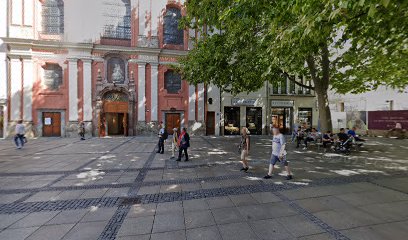
Karlsplatz 8
0.1 km
Experience the historical charm and architectural beauty of Karlsplatz 8 in Munich, a must-visit landmark in the heart of the city.
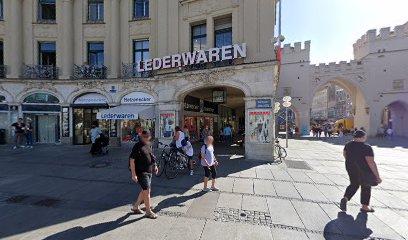
Karlsplatz 1
0.2 km
Experience the vibrant atmosphere of Karlsplatz in Munich, a perfect blend of history, culture, and modern life amidst stunning architecture.

Statue
0.2 km
Discover the captivating historical statue in Munich, a masterpiece that embodies the city's rich cultural heritage and artistic legacy.

Gray Line Münchener Stadtrundfahrten
0.3 km
Experience Munich’s rich history and vibrant culture with Gray Line Münchener Stadtrundfahrten – your ultimate sightseeing tour agency.

Old Bunker
0.3 km
Explore the Old Bunker in Munich, a historical landmark that reveals the city's resilient past through its intriguing architecture and rich history.
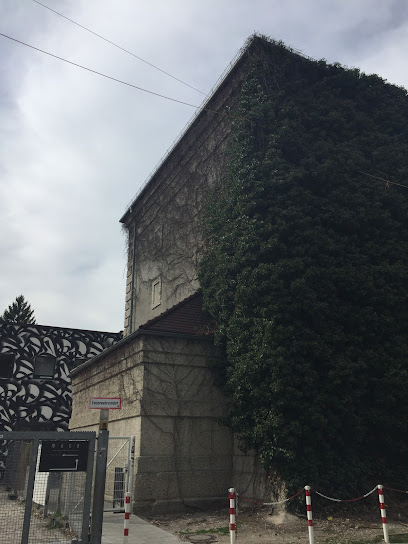
Marienplatz 3
0.4 km
Experience the vibrant atmosphere and rich history of Munich at Marienplatz, the city's iconic central square surrounded by stunning architecture.
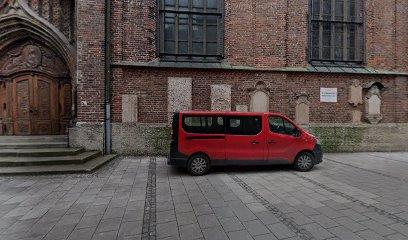
Maximilian-von-Montgelas-Statue
0.4 km
Explore the historical Maximilian-von-Montgelas-Statue in Munich's vibrant Altstadt-Lehel, a tribute to Bavaria's influential statesman.
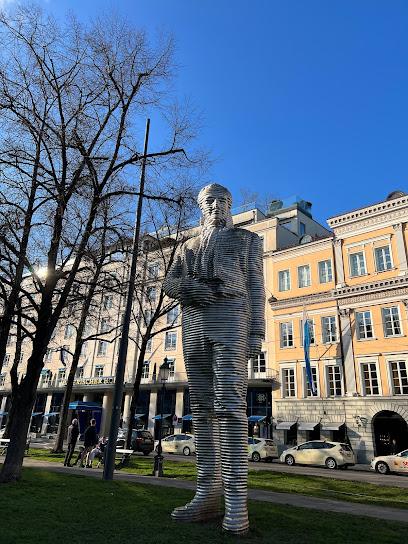
Gedenkstein an die erste Gleichstromfernübertragung
0.4 km
Explore the Gedenkstein an die erste Gleichstromfernübertragung, a historical monument in Munich celebrating the first long-distance direct current transmission.
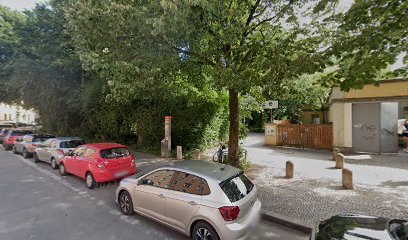
Kurt Eisner Monument
0.5 km
Explore the Kurt Eisner Monument in Munich, a significant tribute to Bavaria's political history and a must-visit landmark for cultural enthusiasts.
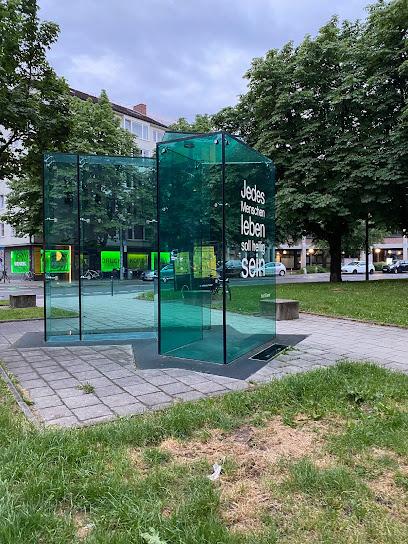
Wurmeck
0.5 km
Explore Wurmeck in Munich, a captivating historical landmark that embodies the rich cultural heritage and architectural beauty of the city.
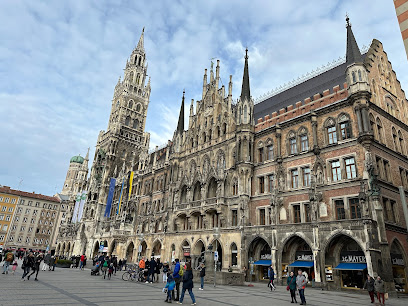
Friedrich Schiller Monument
0.5 km
Discover the Friedrich Schiller Monument in Munich, a stunning tribute to the literary genius and a must-visit historical landmark for all travelers.

Sendlinger Tor
0.5 km
Discover Sendlinger Tor, an iconic historical landmark in Munich, showcasing medieval architecture and rich cultural heritage.
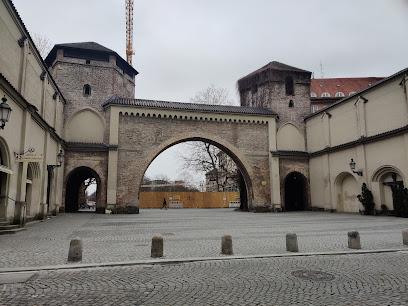
Lion's Tower
0.5 km
Discover the Lion's Tower in Munich's Old Town: A medieval mystery offering a glimpse into the city's rich history and architectural heritage on the vibrant Rindermarkt.
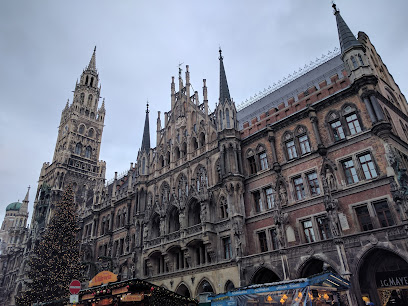
Marienplatz
0.6 km
Explore Marienplatz, Munich's historic plaza where culture, architecture, and Bavarian traditions come alive in the heart of the city.
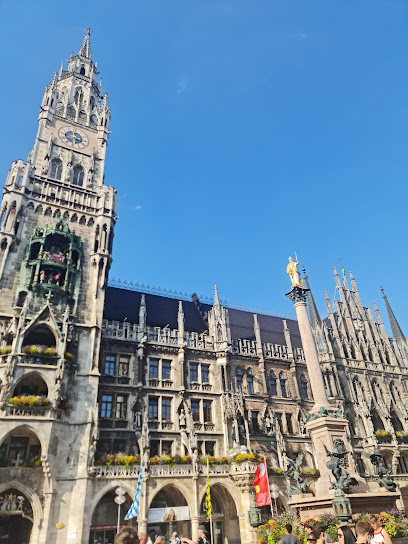
Unmissable attractions to see
Neuhauser Straße
0.0 km
Discover the lively Neuhauser Straße, Munich's premier pedestrian zone for shopping, dining, and cultural experiences in the heart of the city.
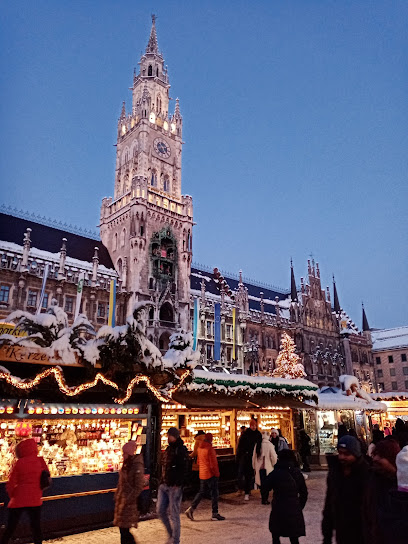
Brunnenbuberl
0.1 km
Discover the charm of Brunnenbuberl, a serene fountain in Munich's Altstadt-Lehel, perfect for relaxation and cultural exploration.
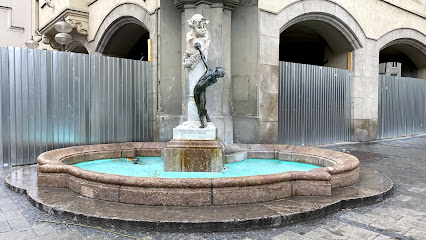
Karlstor
0.1 km
Discover Karlstor, a stunning historical landmark in Munich, showcasing the city's medieval heritage and vibrant urban life.

Fat Tire Tours Munich
0.1 km
Discover Munich's rich history and vibrant culture through fun and engaging bicycle tours with Fat Tire Tours, perfect for every adventurer.
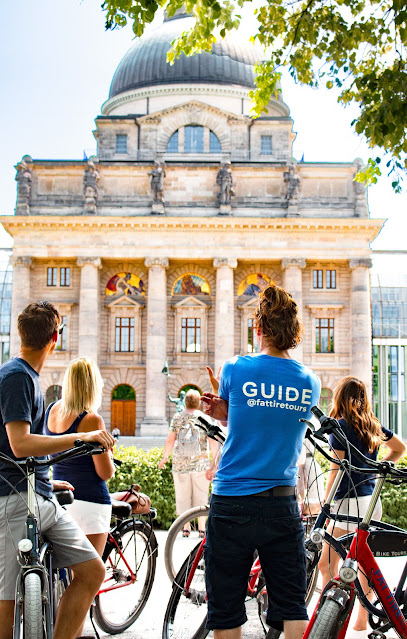
Gray Line Munich DAYTRIPS
0.1 km
Explore the stunning beauty of Bavaria with Gray Line Munich DAYTRIPS, your gateway to unforgettable adventures and rich cultural experiences.
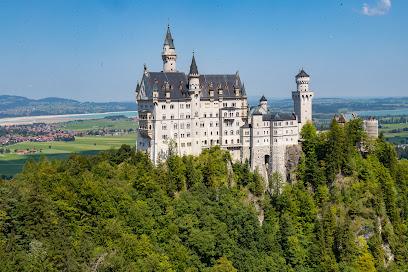
St. Michael München
0.1 km
Discover the stunning Baroque architecture and rich history of St. Michael München, a must-visit church and cultural landmark in the heart of the city.

Wittelsbacher Gruft
0.2 km
Explore the Wittelsbacher Gruft, a serene historical landmark in Munich, home to the majestic tombs of Bavarian royalty, steeped in rich culture.
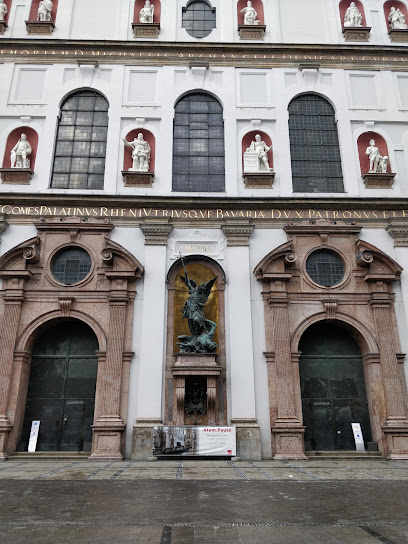
Karlsplatz
0.2 km
Discover Karlsplatz in Munich, a lively town square blending history and modernity, perfect for shopping, dining, and exploring the city's vibrant culture.

Stachus
0.2 km
Experience the lively atmosphere of Stachus, Munich's iconic plaza, where history, culture, and shopping converge in a vibrant urban setting.

Karlsbrunnen
0.2 km
Explore Munich's historical gem, Karlsbrunnen, a stunning fountain that embodies the city's rich heritage and architectural beauty.
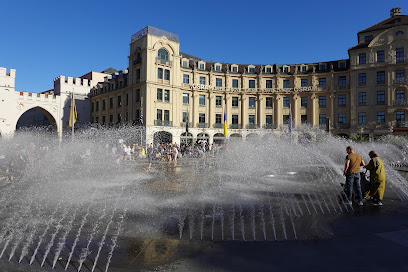
Damenstiftskirche St. Anna
0.2 km
Discover the tranquil beauty of Damenstiftskirche St. Anna, a stunning Baroque Catholic church in Munich's historical Altstadt-Lehel district, perfect for exploration.
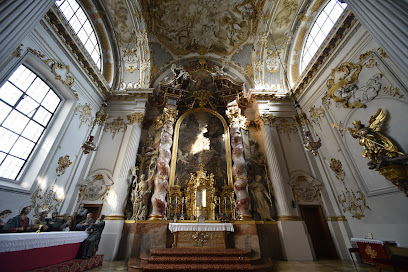
German Hunting and Fishing Museum
0.3 km
Discover the rich cultural heritage of Germany's outdoor traditions at the German Hunting and Fishing Museum in Munich.

Sitzender Keiler
0.3 km
Explore the Sitzender Keiler, a stunning sculpture in Munich's vibrant Kaufingerstraße, capturing the city's artistic spirit and cultural heritage.
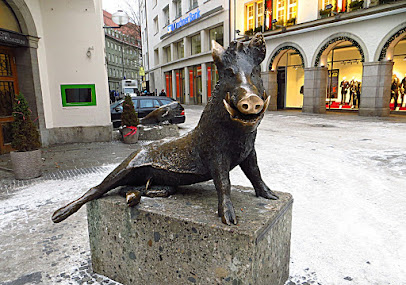
Trinity Church, Munich
0.3 km
Discover the architectural beauty and serene atmosphere of Trinity Church, a must-visit spiritual landmark in Munich's vibrant city center.
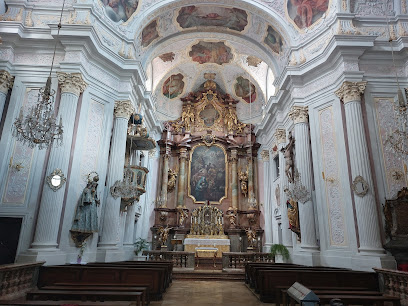
Wittelsbacher Brunnen
0.3 km
Explore the beauty of Wittelsbacher Brunnen, a historical fountain in Munich that showcases artistry and tradition amidst a vibrant urban setting.

Essential places to dine
Weinhaus Neuner
0.1 km
Experience the essence of Bavarian and Austrian gastronomy at Weinhaus Neuner, Munich's premier destination for exquisite cuisine and fine wines.
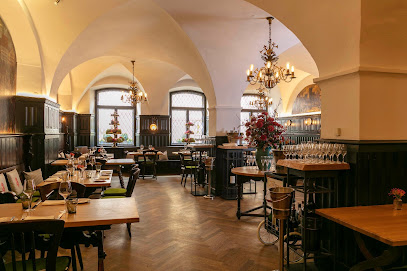
Augustiner Klosterwirt
0.3 km
Discover authentic Bavarian flavors at Augustiner Klosterwirt in Munich—where tradition meets taste in every delightful dish.

Landersdorfer & Innerhofer
0.3 km
Experience exquisite Bavarian cuisine at Landersdorfer & Innerhofer, where tradition meets innovation in the heart of Munich.

Prinz Myshkin
0.4 km
Experience innovative vegetarian and vegan cuisine at Prinz Myshkin in Munich - a culinary gem offering fresh ingredients and creative dishes.
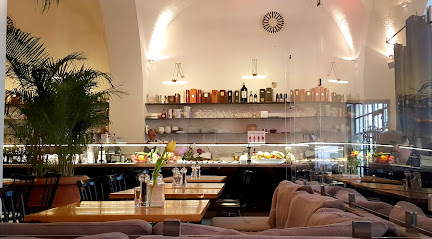
Atelier im Bayerischen Hof
0.4 km
Experience unparalleled fine dining at Atelier im Bayerischen Hof in Munich - where culinary artistry meets elegance.

Andechser am Dom
0.4 km
Discover authentic Bavarian cuisine at Andechser am Dom in Munich - a culinary gem serving traditional dishes with local charm.
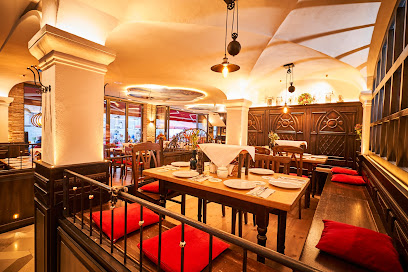
Les Deux
0.5 km
Indulge in exceptional modern French cuisine at Les Deux in Munich - where every dish tells a story.

DO & CO Restaurant München
0.5 km
Experience exquisite Asian cuisine at DO & CO Restaurant München – where tradition meets modern culinary artistry in an elegant setting.
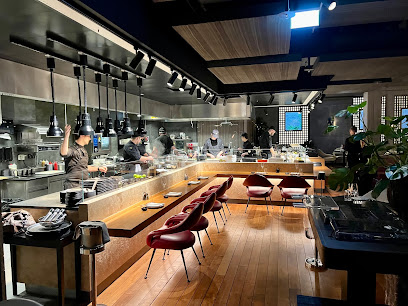
NENI München
0.5 km
Discover the vibrant fusion of Middle Eastern cuisine at NENI München - where every dish tells a story in the heart of Munich.
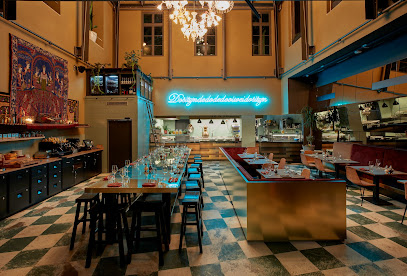
Ratskeller München
0.6 km
Experience authentic Bavarian cuisine at Ratskeller München - a vibrant restaurant in the heart of Munich offering delicious traditional dishes.
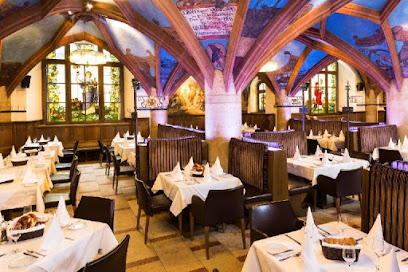
Sophia's Restaurant & Bar
0.6 km
Experience authentic Italian cuisine at Sophia's Restaurant & Bar in Munich's Maxvorstadt, where elegance meets culinary excellence.
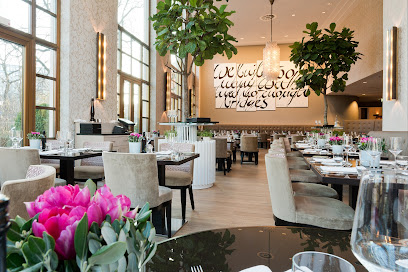
Restaurant Blauer Bock - München
0.7 km
Experience authentic Bavarian cuisine with a modern twist at Restaurant Blauer Bock, a must-visit culinary destination in Munich.
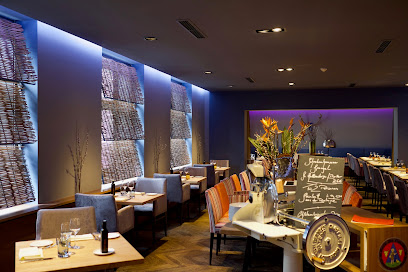
Münchner Stubn
0.7 km
Discover authentic Bavarian flavors at Münchner Stubn - where tradition meets taste in the heart of Munich.
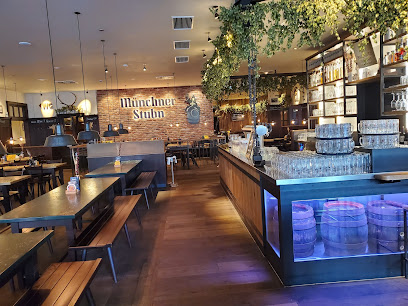
Spatenhaus at the opera
0.7 km
Experience authentic German cuisine with a modern twist at Spatenhaus at the Opera in Munich's cultural heart.
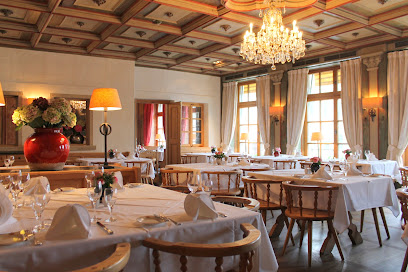
Der Pschorr
0.7 km
Experience authentic Bavarian cuisine at Der Pschorr in Munich’s vibrant Viktualienmarkt – a must-visit for every food lover.
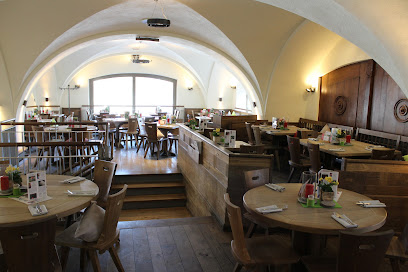
Markets, malls and hidden boutiques
Munich Village Fashion Outlet
0.0 km
Explore the stylish Munich Village Fashion Outlet for a diverse range of clothing and unique fashion finds in the heart of Munich.
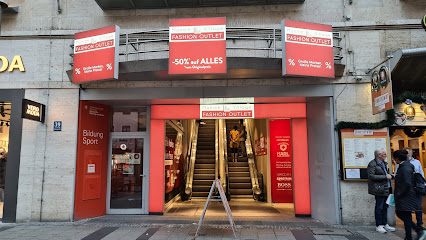
Oberpollinger
0.0 km
Discover luxury and local gems at Oberpollinger, Munich's premier department store, where shopping meets Bavarian charm and exquisite taste.
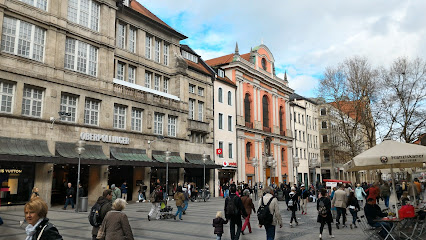
Montblanc Boutique Munich Oberpollinger
0.1 km
Discover luxury and craftsmanship at the Montblanc Boutique in Munich, offering exquisite leather goods, elegant watches, and timeless stationery.
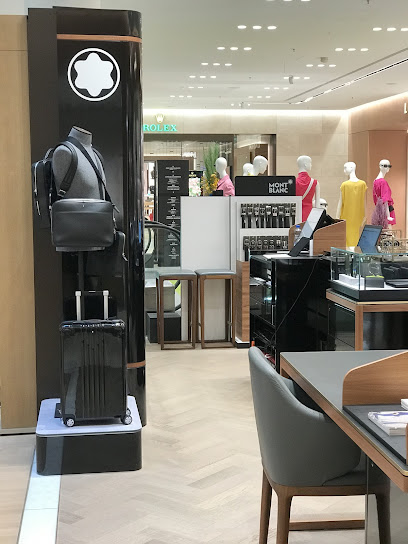
TK Maxx
0.1 km
Experience the thrill of treasure hunting at TK Maxx in Munich, where unbeatable deals on fashion and home goods await every savvy shopper.

Elbenwald
0.2 km
Discover the enchanting world of Elbenwald, Munich's premier gift shop for fantasy lovers, featuring unique collectibles and themed merchandise.
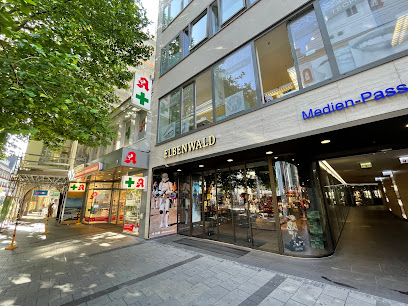
Max Krug
0.2 km
Discover unique Bavarian souvenirs and gifts at Max Krug, a charming shop in Munich's Altstadt-Lehel district, perfect for tourists seeking memorable keepsakes.
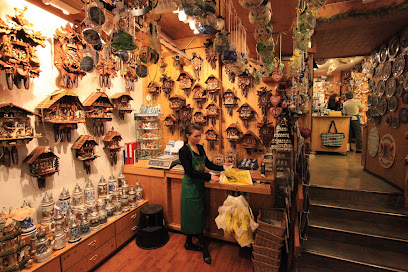
FAMOUS Exclusive Designer Outlet
0.2 km
Discover luxury fashion at unbeatable prices in Munich's FAMOUS Exclusive Designer Outlet, where elegance meets savings!
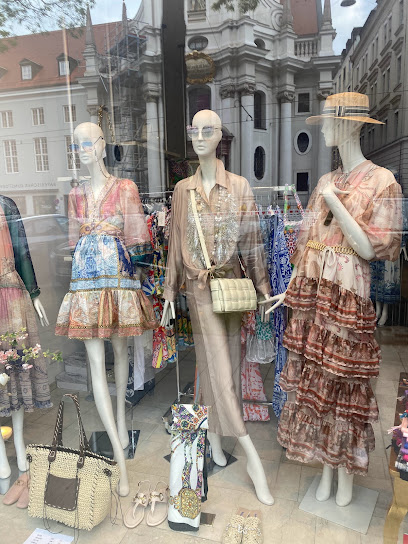
Stachus Passagen
0.2 km
Discover Stachus Passagen, Munich's vibrant shopping mall filled with top brands, delicious dining, and cultural experiences for every traveler.

Butlers
0.3 km
Explore Butlers in Munich for exquisite gifts and stylish home goods that capture the essence of German craftsmanship and design.

hey love Concept Store
0.3 km
Explore sustainable fashion and unique designs at hey love Concept Store in the heart of Munich for a truly memorable shopping experience.

APROPOS - The Concept Store
0.3 km
Explore APROPOS - The Concept Store in Munich for a fashionable blend of clothing, cosmetics, and perfumes in a chic atmosphere.
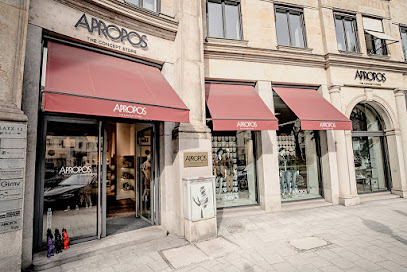
Urban Outfitters
0.4 km
Discover unique fashion and eclectic gifts in Munich at Urban Outfitters, a trendy shopping destination for style enthusiasts.

Bavarian Caps Flagshipstore
0.4 km
Explore the Bavarian Caps Flagshipstore in Munich for a unique collection of traditional and modern caps that celebrate Bavarian culture.
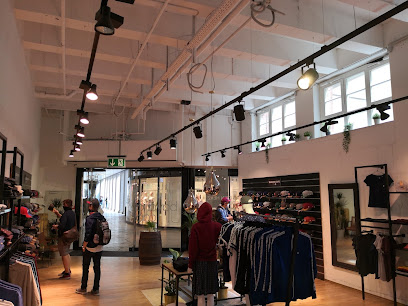
Hofstatt
0.4 km
Discover Hofstatt, Munich's vibrant shopping mall blending local markets with modern retail for a unique urban experience.
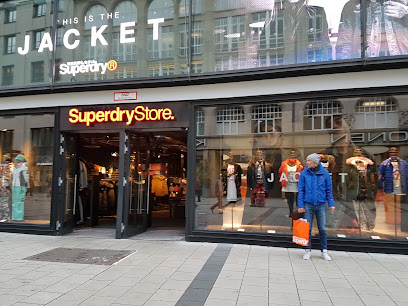
Kaufingertor Passage
0.4 km
Experience the heart of Munich at Kaufingertor Passage, where shopping, dining, and culture converge in a vibrant atmosphere.

Essential bars & hidden hideouts
Tabacco
0.3 km
Experience the elegance of Tabacco, Munich's premier cocktail bar, where mixology meets a stylish ambiance in the heart of the city.
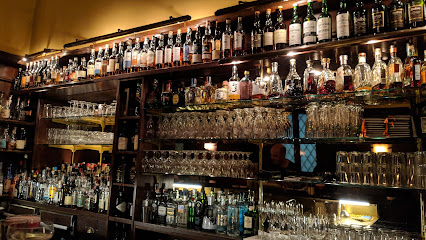
Jaded Monkey
0.4 km
Discover Munich's nightlife at Jaded Monkey, an eclectic bar known for its innovative cocktails and vibrant atmosphere.

Cole & Porter Bar
0.4 km
Experience the vibrant atmosphere and exquisite cocktails at Cole & Porter Bar, a hidden gem in Munich's Altstadt-Lehel district.
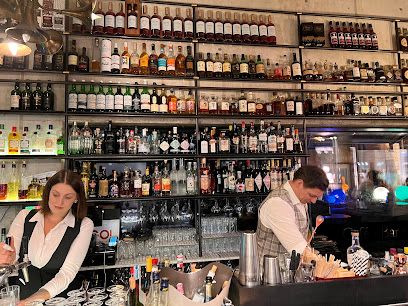
Bayerischer Hof Roof Terrace
0.4 km
Discover the breathtaking views and exquisite grilled flavors at the Bayerischer Hof Roof Terrace in Munich, a true culinary gem in the sky.
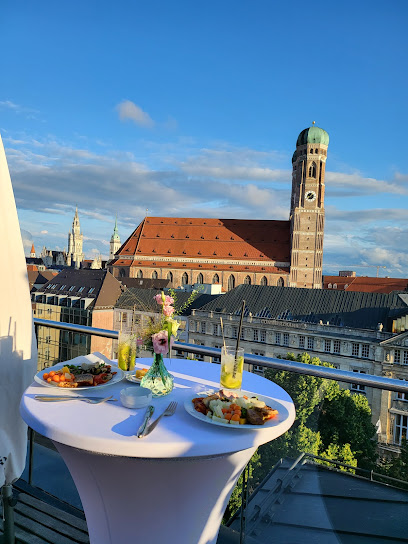
falk's Bar
0.4 km
Discover Munich's elegance at Falk's Bar, where exquisite cocktails meet a sophisticated atmosphere for the perfect evening retreat.
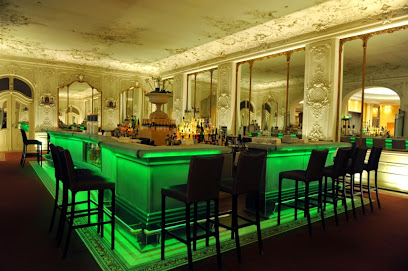
Unter Deck
0.5 km
Experience Munich's vibrant nightlife at Unter Deck, a stylish bar perfect for cocktails, music, and mingling in the heart of the city.

The Boilerman Bar - München
0.5 km
Discover The Boilerman Bar in Munich for a unique cocktail experience amidst stylish surroundings, perfect for unwinding after your adventures.
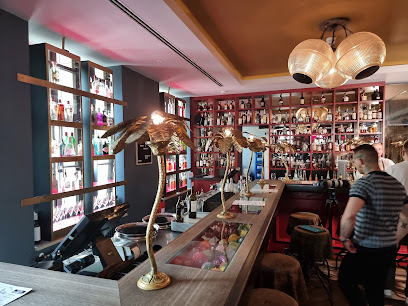
Kennedy's Bar and Restaurant
0.5 km
Discover the charm of Irish cuisine and hospitality at Kennedy's Bar and Restaurant in Munich, where every meal is a celebration.
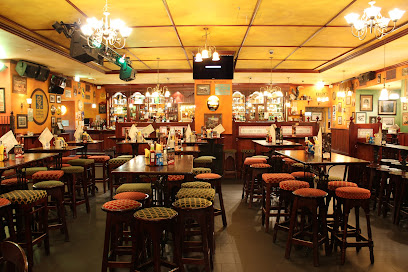
The Royal Dolores
0.6 km
Discover the charm of The Royal Dolores, an underground bar in Munich offering a cozy atmosphere, local brews, and a taste of Bavarian culture.
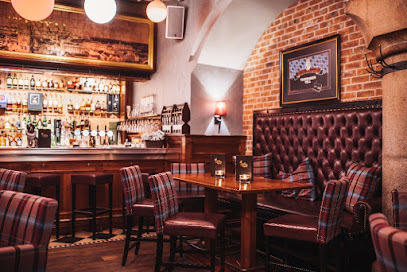
WXYZ Bar München
0.7 km
Experience the vibrant nightlife at WXYZ Bar München with live music, great drinks, and an unforgettable atmosphere in the heart of the city.
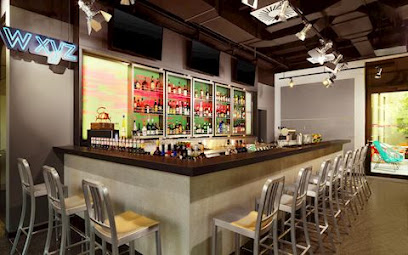
Garçon
0.7 km
Experience the best of Munich at Garçon, a stylish bar and cafe offering exquisite cocktails and a warm atmosphere for all visitors.
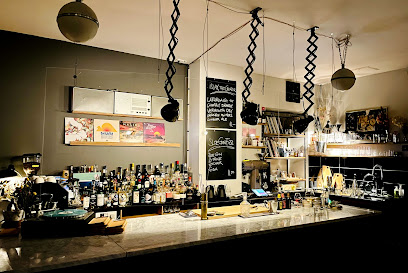
Vertigo
0.7 km
Discover Vertigo in Munich, a cocktail bar blending vibrant nightlife with innovative drinks and a lively atmosphere perfect for tourists.
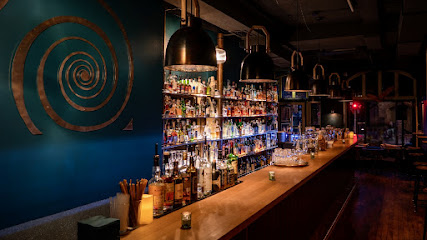
the High - München
0.7 km
Experience the vibrant nightlife of Munich at The High, a stylish cocktail bar offering innovative drinks and a lively atmosphere.
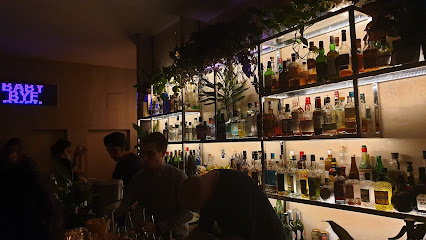
Holy Spirit 1 Bar
0.8 km
Discover the stylish Holy Spirit 1 Bar in Munich, where ambiance meets an exquisite selection of drinks in the heart of the city.

Le Clou - München
0.8 km
Experience Bavarian charm at Le Clou - Munich's cozy pub for drinks, dining, and delightful atmosphere.
